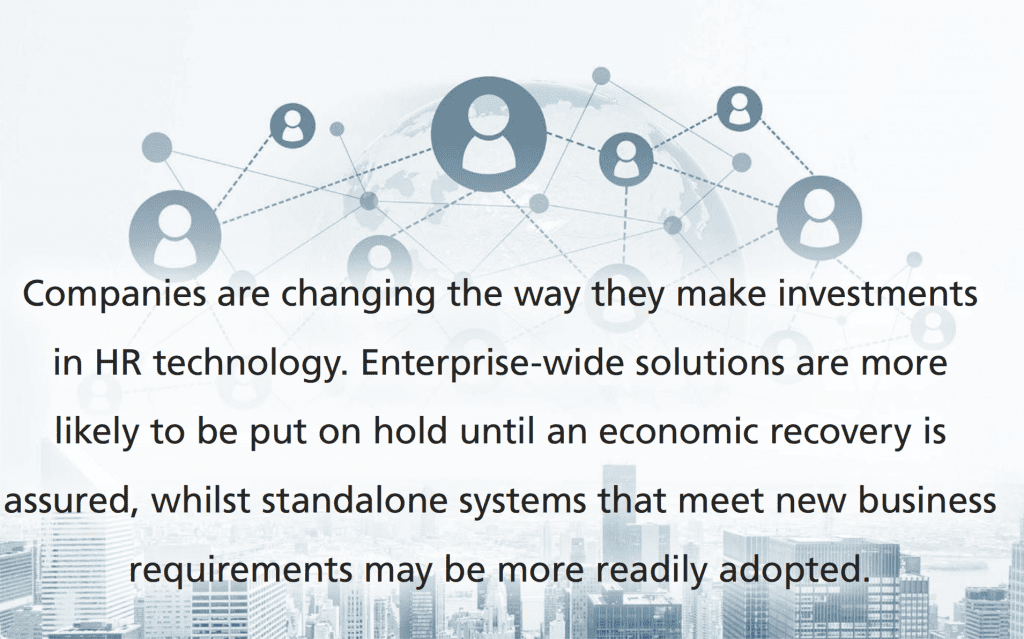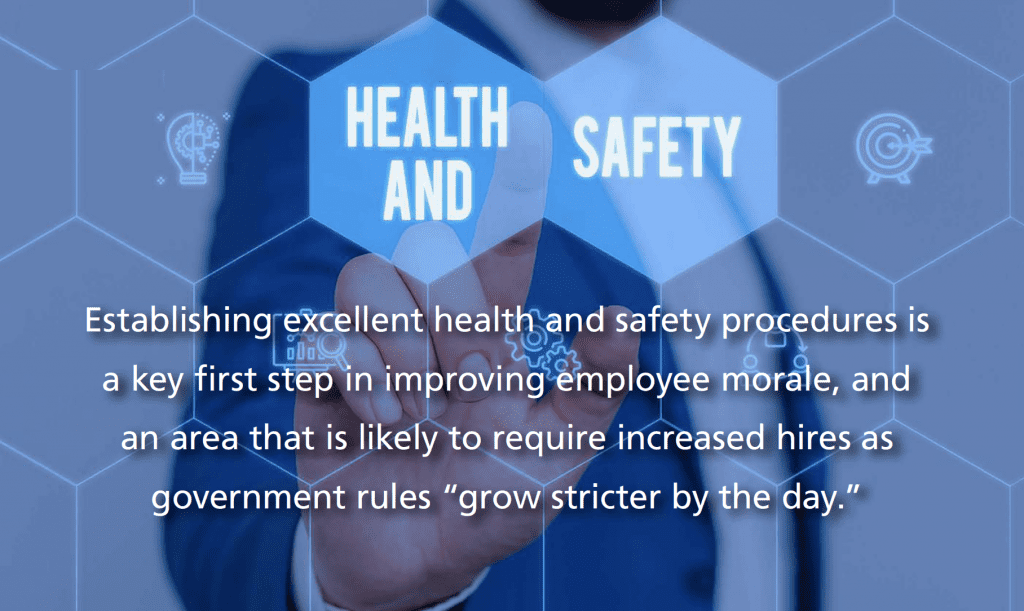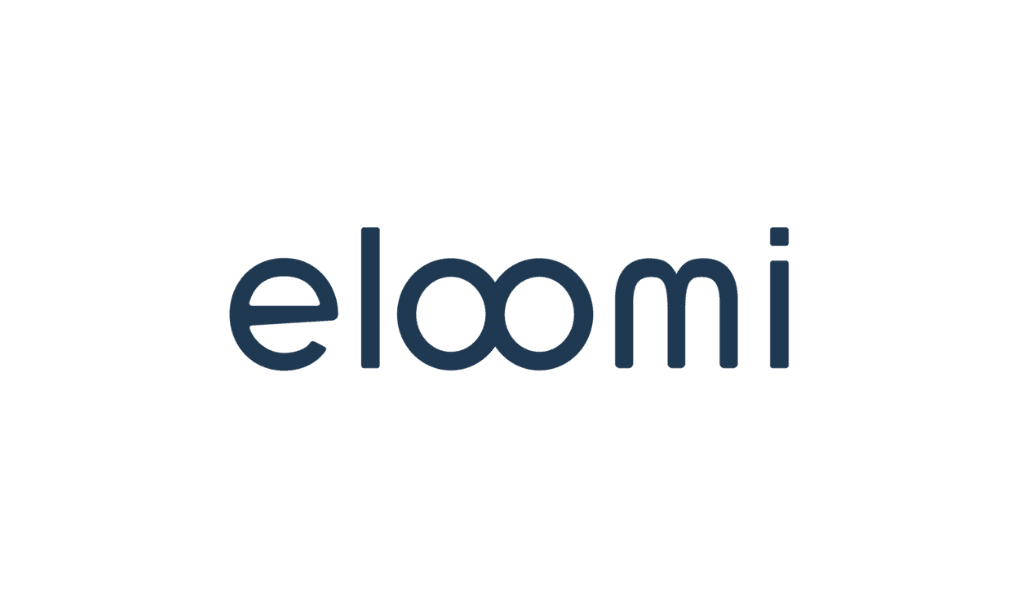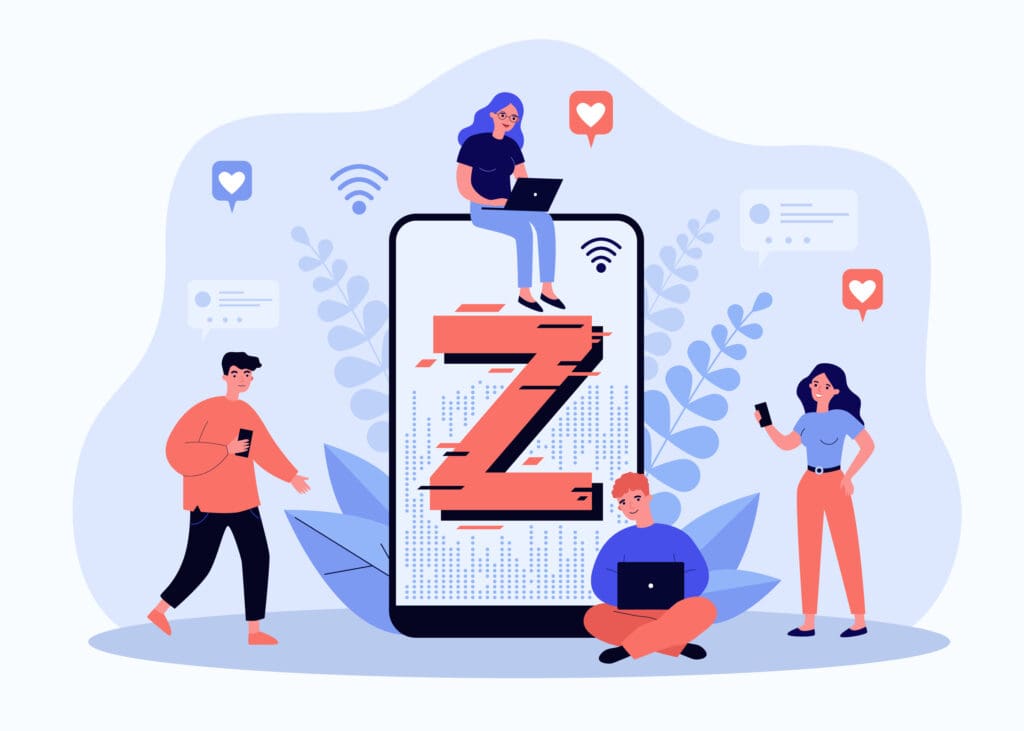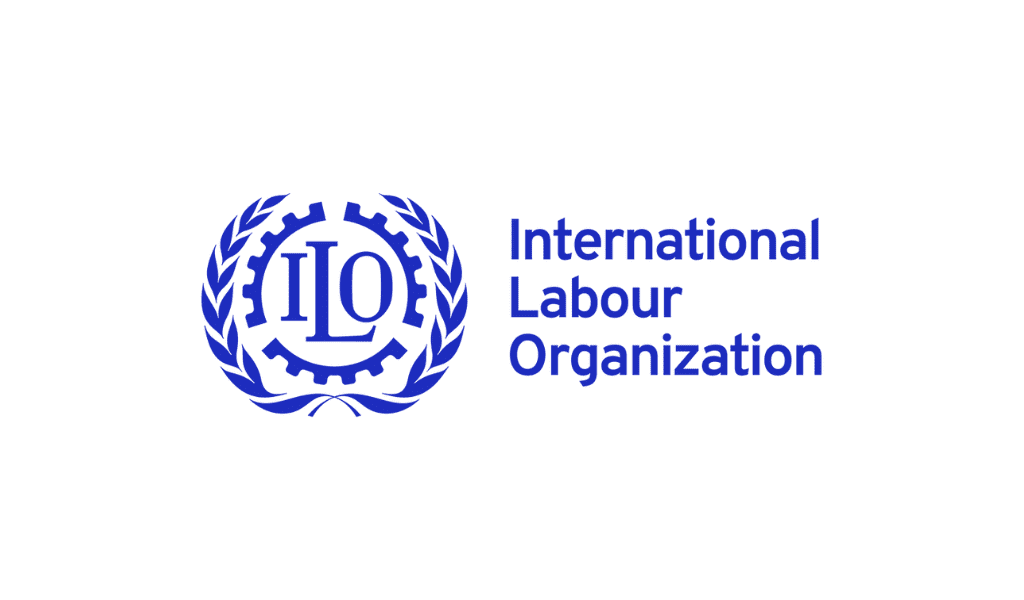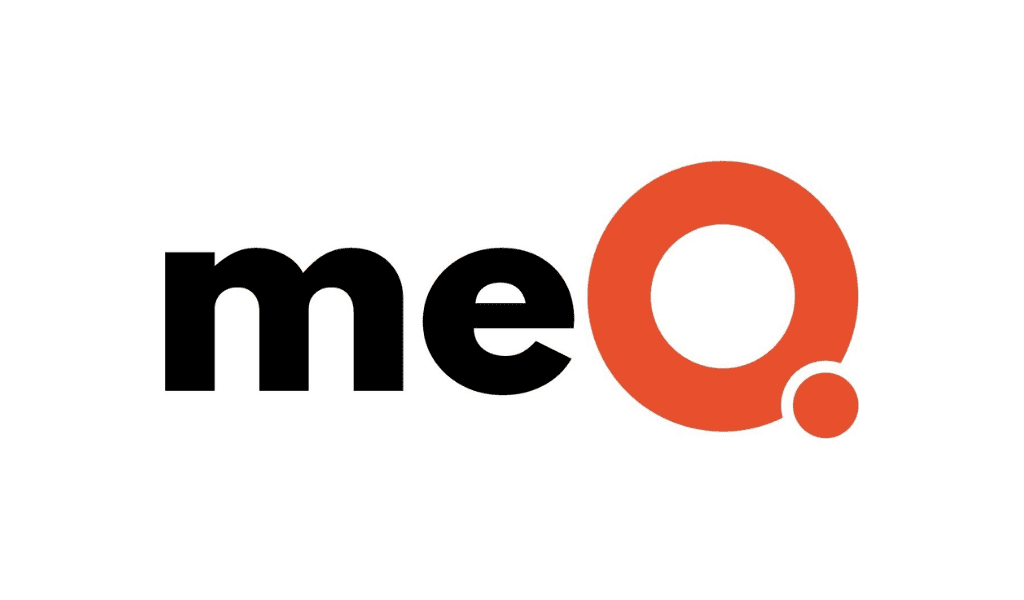Business practices are bound to change in the post-COVID-19 world.
By Michael Switow
Do a Google search for “new normal” and more than 90 million results will turn up in a third of a second. By the time this article is published, that number is certain to be significantly more. It has been more than five months since China first reported the outbreak of the coronavirus in Wuhan, and business leaders continue to assess how life has changed, which changes are transitory, and how companies will adapt.
“The world is not going back to normal anytime soon,” says Graeme Codrington, a founder of the strategic consulting firm TomorrowToday Global. “It’s going to change how your office is set up, what public transport looks like. It’s going to continue to ensure that we don’t travel internationally, as countries restrict your access. Please start getting your head around the fact that this world is a very different world… and that means that you and your organisation are going to have to change too.”
The growing use of technology for meetings, interviews, and remote work are among the most obvious shifts. In some sense, concepts that have been business catchphrases for years, if not decades, are being pushed into the vanguard. More than a year ago, a Forbes columnist declared that “remote work is no longer a perk.” Similarly, business agility has been a catchphrase since the 1990s, and HR professionals have long sought to be treated as strategic partners rather than relegated to classic support functions.
“HR is being pulled right to the fore of this, because unlike the great financial crisis, this is a real people issue,” says Zain Wadee, Harrier Group‘s acting CEO. “Where do your people work? Not in an office. How do your people work? Through technology. How do we deal with furloughs? All of these things have required HR to be right front and centre of the business, at the forefront of the contingency planning with the rest of the executives.”
Successful HR organisations will continue to play a strategic role, he adds, not only because they desire it, but also because companies, faced with uncertainty, “will demand it.”
Dial Up, Dial Down
When Manuli Hydraulics‘ factory in China was shuttered following Chinese New Year, management and HR teams worked quickly to procure safety equipment and update the company’s ways of working. By mid-February, the factory was back online and by March, it was operating at 90 per cent capacity.
“If I look back at how some areas in our company were functioning last year or 18 months ago, it would have been near impossible to get through this crisis if they had remained as they were,” reflects Luca Pozzi, the company’s general manager for China and southeast Asia.
This same agility will be a key characteristic for HR professionals going forward, whether it means adopting new intake and recruitment strategies, exploring how to redeploy workers, or adapting to constantly-changing government guidelines.
Microsoft CEO Satya Nadella describes the recovery and reopening process as more like a “dial” than a “switch,” and in conversation with The New York Times, warned that there will be “lots of movement of the dial, back and forth.”
Signs of this transitional period are already apparent in China, where a resurgence of the virus in Beijing in mid-June forced authorities to limit flights, close schools, and block off neighbourhoods. Whilst it’s still unclear what impact this will have on businesses in the region, recruiters are being forced to react quickly.
“I am already seeing some indications from a hiring perspective, where there is a fair amount of movement in approach from month to month or even week to week,” observes Wadee.
Companies are also changing the way they make investments in HR technology. Enterprise-wide solutions are more likely to be put on hold until an economic recovery is assured, whilst standalone systems that meet a new business requirement may be more readily adopted. Harrier’s clients in the mining and resources sector, for example, are exploring the use of virtual assessment tools due to the changing dynamics of what can be done in person.
Nadella describes this approach as part of a “reimagining phase” when innovations are “born of necessity.” Perhaps companies will introduce more effective distance-learning technologies or ways to remotely control manufacturing processes. Temperature scanners, coupled with facial recognition and contact tracing apps, may become commonplace in office buildings and malls.
Reimagining the Future
HR leaders will need to focus on reimagining corporate culture in order to maintain employee engagement during this transitional period.
Until a feeling of normality returns, Codrington advises companies not to push employees too hard. “People are super stressed out. They are anxious and fearful, whether it’s fear of COVID-19 and what might happen if it hits them and their family, or fear for the economy, fear for their jobs, fear for everybody’s jobs and health.”
Manuli Hyrdaulics realised this early on. “The first thing I did was to gather my management team and set up separate charts to monitor staff morale,” Pozzi recalls. “We had to make sure they not only felt comfortable with returning to work, but also motivated to perform.”
Establishing excellent health and safety procedures is a key first step, and an area that is likely to require increased hires as government rules “grow stricter by the day.” But so too will be internal training initiatives and providing opportunities for upward mobility.
“Organisations will be able to play on the ‘we’re all in this together, responding to a crisis’ for a certain amount of time,” Wadee reflects, “but as we start to move further away from the epicentre of the pandemic, companies and HR will have a massive role to play in rebuilding that sense of organisational purpose. Some of the measures that were in place may not be as meaningful or practical as we come into this new norm.”
“Becoming a ‘learning organisation’ is more important than ever,” adds Tara Kimbrell Cole, the CEO of Singapore-based Synovations. “What got us here, will not get us there.”

